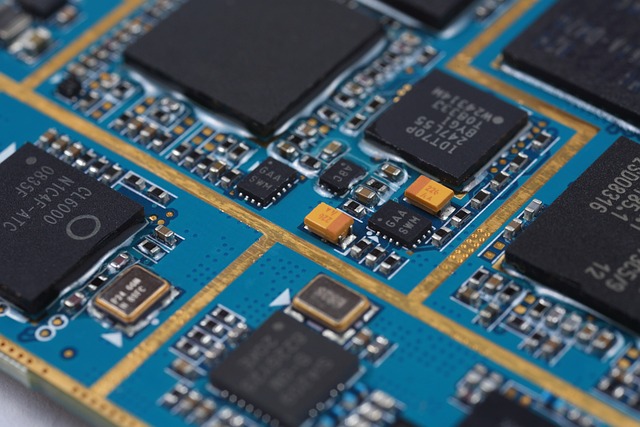OneWheel electric boards rely on rechargeable lithium-ion (Li-ion) or lithium-polymer (LiPo) batteries for power, offering eco-friendly and convenient urban transportation. Li-ion batteries, known for their high energy density, extended lifespan, and low weight, are prevalent due to their balance between performance and portability. LiPo batteries, though more compact, require careful handling. Choosing the right battery involves matching voltage requirements (typically 36V or 48V), considering ampere-hour (Ah) capacity for ride duration, and selecting a low discharge rate below 2C for efficient power delivery. Reputable brands with warranties and compatibility with specific OneWheel models are recommended. Proper maintenance, including regular cleaning, temperature control, and adherence to charging routines, ensures optimal battery health. Safety precautions, such as protective gear and proper ventilation, are crucial when handling batteries. Rechargeable batteries contribute to sustainability by reducing fossil fuel reliance but require careful lifecycle management through responsible disposal and recycling. Future advancements in battery technology, like solid-state and smart charging systems, aim to enhance OneWheel electric board performance, sustainability, and user experience.
Rechargeable batteries are the silent heroes propelling the OneWheel electric board revolution. This compact, portable power source is integral to the growing popularity of one-wheeled electric transportation, offering convenience, sustainability, and a smooth ride. From understanding battery types to choosing, maintaining, and ensuring safety, this comprehensive guide explores everything OneWheel enthusiasts need to know about these essential components, paving the way for an informed journey ahead.
Understanding Rechargeable Batteries: The Backbone of OneWheel Electric Boards
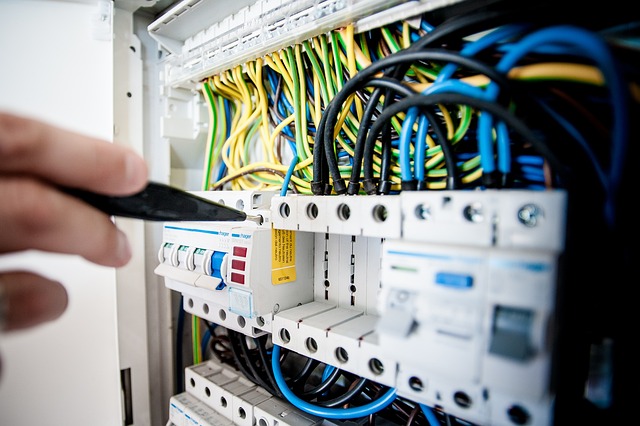
Rechargeable batteries are the silent heroes behind the scenes, powering many modern devices, and at the heart of this technology lies a key player: OneWheel electric boards. These innovative self-balancing electric vehicles rely entirely on rechargeable battery power to offer an exhilarating and eco-friendly transportation experience. The essence of their functionality is understood through the lens of these batteries’ capabilities.
OneWheel boards utilize lithium-ion rechargeable batteries, known for their high energy density, allowing for compact yet powerful sources of electricity. These batteries can deliver substantial amounts of energy while maintaining a lightweight design, crucial for the board’s maneuverability and agility. The rechargeability factor not only reduces environmental impact but also ensures riders can enjoy extended rides without constant battery replacements, making them a convenient and sustainable choice for urban commuting and recreational activities.
Types of Rechargeable Batteries Used in OneWheels

OneWheel electric boards, also known as self-balancing electric scooters, rely on rechargeable batteries for their power source. The most common types of rechargeables used in OneWheels include Lithium-Ion (Li-ion) and Lithium-Polymer (LiPo) batteries. Li-ion batteries are popular due to their high energy density, long cycle life, and relatively low weight, making them an ideal choice for portable devices like electric boards. They maintain a consistent charge level and suffer less from memory effect compared to older battery technologies.
LiPo batteries, on the other hand, offer even higher energy density, making them lighter and more compact. This makes them appealing for OneWheel electric boards designed with space constraints in mind. However, LiPo batteries require careful handling as they can be sensitive to overcharging, over-discharging, and physical damage. Proper charging and storage practices are crucial to ensure the longevity of these batteries, maximizing the number of rides taken on your OneWheel electric board.
Advantages of Using Rechargeable Batteries for OneWheel Electric Boards

Rechargeable batteries offer numerous advantages for OneWheel electric boards, making them a popular choice among enthusiasts and commuters alike. Firstly, their eco-friendly nature is an attractive feature; by using rechargeable power sources, users can reduce their reliance on single-use disposable batteries, contributing to a more sustainable future. This shift towards rechargeability also brings significant cost savings over time, as charging these batteries is far more economical than frequent battery replacements.
Moreover, the advanced technology behind modern rechargeable batteries provides improved performance and longer lifespans for OneWheel electric boards. These batteries are designed to withstand numerous charge cycles without degrading, ensuring consistent power delivery and extended use. This durability translates into reduced maintenance costs and a more reliable riding experience for users, making rechargeable batteries an ideal power solution for these innovative electric boards.
How to Choose the Right Rechargeable Battery for Your OneWheel
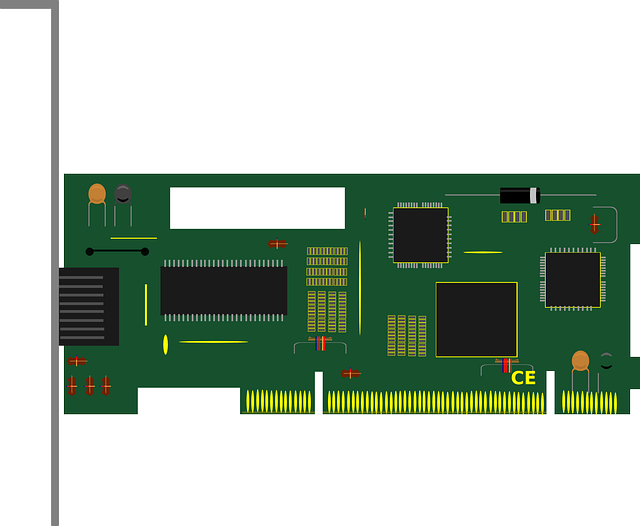
Choosing the right rechargeable battery for your OneWheel electric board is crucial for optimal performance and longevity. Start by understanding your OneWheel’s voltage requirements; most models operate on 36V or 48V systems, so select a battery that matches this specification. Battery capacity measured in ampere-hours (Ah) determines how long your OneWheel can run before needing to recharge. Higher Ah ratings offer longer ride times but also weigh more. Consider factors like usage intensity, desired ride duration, and frequency of charging.
Additionally, look for batteries with a low discharge rate, typically below 2C (current in amps equal to the battery capacity in Ah), to ensure efficient power delivery. Popular choices include lithium-ion batteries, known for their high energy density and longer lifespans. Always opt for reputable brands that offer warranties and ensure compatibility with your OneWheel model through official documentation or advice from manufacturers.
Maintaining and Extending the Lifespan of Your OneWheel's Rechargeable Battery

Maintaining and extending the lifespan of your OneWheel’s rechargeable battery is crucial for maximizing its performance and longevity. Regular cleaning of the battery contacts ensures optimal power transfer, while avoiding extreme temperature changes can prevent premature degradation. A consistent charging routine, adhering to the manufacturer’s recommendations, helps maintain battery health. Opting for high-quality chargers designed specifically for OneWheel electric boards further safeguards against potential damage.
Additionally, minimizing deep discharge cycles by topping up the battery before it reaches zero percent is beneficial. Proper storage when not in use, keeping the battery at a moderate charge level, can significantly extend its lifespan. Remember that proactive care and attention to these aspects will contribute to a smoother, more efficient experience with your OneWheel electric board.
Safety Precautions When Handling and Using Rechargeable Batteries in OneWheels
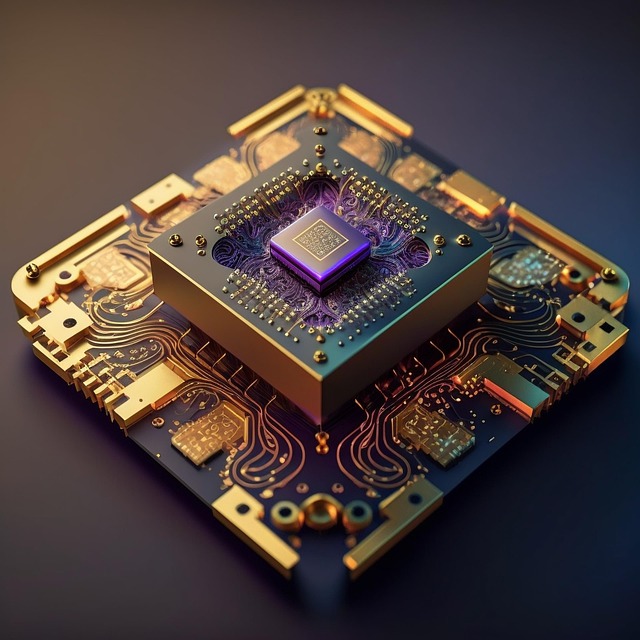
When handling and using rechargeable batteries in your OneWheel electric board, safety should be your top priority. Always wear protective gear, including gloves and eye protection, to minimize the risk of injury from battery acid or sparks. Ensure proper ventilation in the work area to prevent inhaling harmful gases that may escape during charging or use. Keep the batteries away from flammable materials, open flames, and extreme temperatures to avoid potential fires or explosions.
Regularly inspect batteries for any signs of damage, leakage, or swelling before each ride. If you notice any issues, stop using the battery immediately and dispose of it safely according to local regulations. Never attempt to charge a damaged battery, as it could pose a significant safety hazard. Remember that overcharging is also dangerous; always use the charging equipment recommended by the manufacturer and avoid leaving batteries charged for extended periods.
The Environmental Impact of Rechargeable Batteries in Electric Transportation

The widespread adoption of electric transportation, including devices like the OneWheel electric board, has brought significant environmental benefits by reducing reliance on fossil fuels. Rechargeable batteries play a pivotal role in this transition, offering a sustainable alternative to disposable ones. These advanced batteries not only power personal electric vehicles but also contribute to the efficiency and eco-friendliness of public transportation systems.
However, it’s crucial to consider the environmental impact throughout the lifecycle of rechargeable batteries. Production processes can be energy-intensive, leading to carbon emissions and potential pollution if not managed responsibly. Proper disposal and recycling are essential to mitigate these effects. As electric transportation continues to gain traction, ongoing research and innovation in battery technology will be key to enhancing their sustainability, ensuring a greener future for both personal and public mobility solutions like the OneWheel electric board.
Future Trends: Innovations in Rechargeable Battery Technology for OneWheel Electric Boards
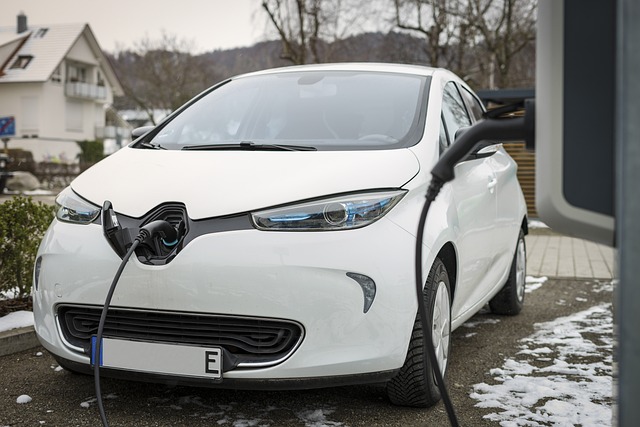
The future of rechargeable battery technology looks promising, particularly for one-wheel electric boards. Researchers and manufacturers are continually developing advanced batteries that offer higher energy density, faster charging times, and longer lifespans. These innovations aim to enhance the performance and sustainability of electric mobility solutions like the one-wheel board, making them more accessible and appealing to consumers.
One emerging trend is the adoption of solid-state batteries, which promise improved safety, efficiency, and overall battery life compared to traditional lithium-ion models. Additionally, efforts are being made to integrate smart charging systems that can optimize battery health by dynamically adjusting charge rates based on usage patterns. These trends signal a new era for rechargeable batteries, where one-wheel electric boards stand to benefit from enhanced power delivery and longer durations between charges, ultimately improving the user experience.
